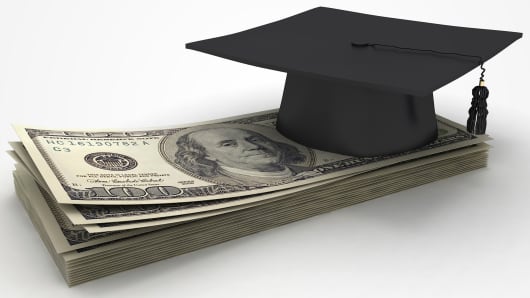The Senate could vote soon on a student-loan deal, but the fix might not give parents and students any reason to rejoice.
Because Congress was unable to reach a compromise, rates for new, federal subsidized Stafford loans doubled July 1, to 6.8 percent. A Senate deal reached Wednesday evening would reportedly set a cap for Stafford and PLUS loans, and peg their rates to the 10-year Treasury note.
Under the proposal, undergraduates could borrow at an expected rate of 3.86 percent for the 2013-14 academic year. Graduate students could borrow at 5.4 percent, and parents at 6.4 percent.
Rates would be retroactive to July 1, benefiting consumers who have taken out new federal loans for the coming school year, according to Joseph Hurley, a certified public accountant and chief executive of Savingforcollege.com.
Student loan rates would reset every year on July 1. Undergraduate rates would be capped at 8.25 percent, graduate rates at 9.25 percent and parents' rates at 10.5 percent.
The lower rate provides a little relief for students such as Blake Crist, 21, who has relied on a mix of sources, including subsidized and unsubsidized loans, work study, and scholarships, to finance his degree in integrated marketing communications from Ithaca College.
"Just the thought of finding a job when you graduate is scary enough," said Crist, who hopes to work in marketing."It becomes terrifying when you have to worry about paying off loans." He expects the proposed deal to keep his payments a bit lower than they might be otherwise.
Future college students may not get that advantage, however.
"It's still going to be, effectively, an interest rate increase masquerading as a decrease," said Mark Kantrowitz, publisher of Edvisors Network. Students enrolled in college now will benefit from the low interest rates, but as the economy recovers and rates rise, today's high school students could end up paying more than 6.8 percent. "It's far from a permanent solution," he said.
That said, government-subsidized loans are still the cheapest option for student borrowing. Private loans often have higher rates that fluctuate, and students may be charged interest while in school or during periods of deferment. That wouldn't change under the proposed deal.





